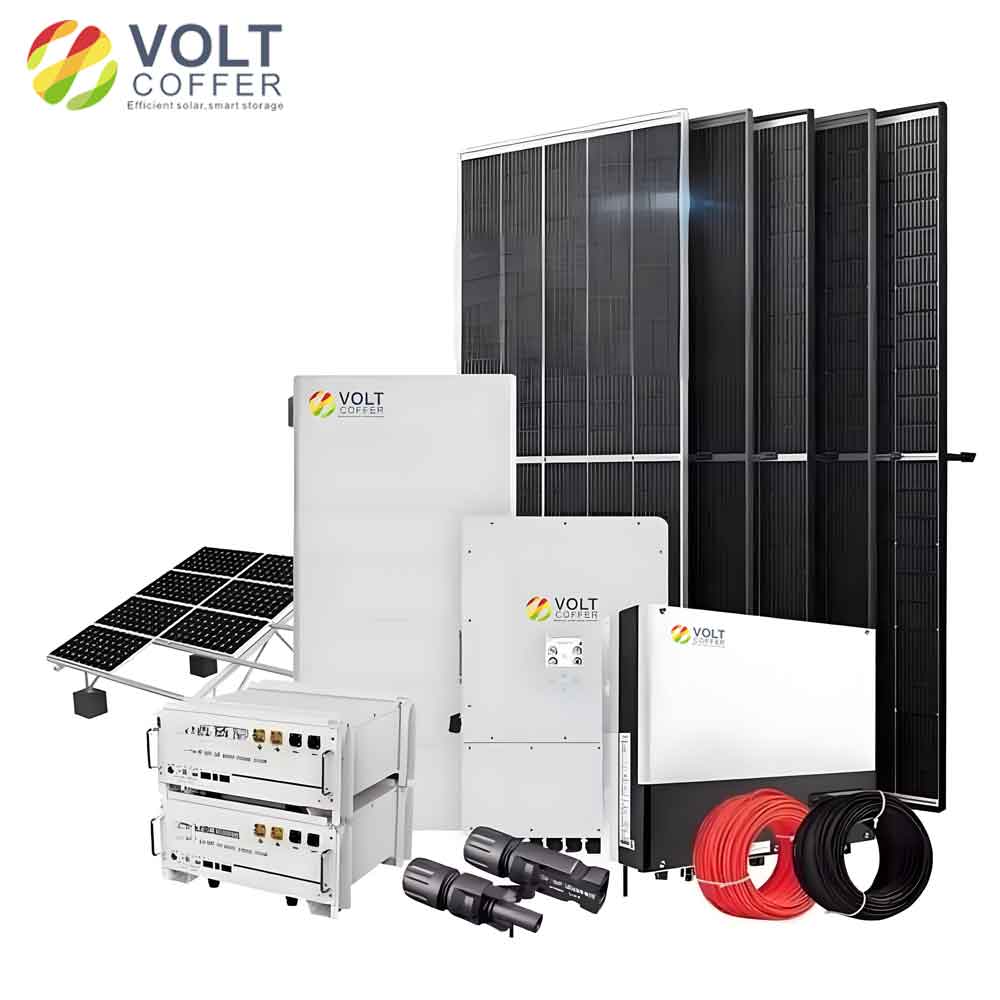Solar energy has emerged as a viable and sustainable alternative to traditional energy sources. One of the most compelling reasons for homeowners to invest in Solar Panel Kits is their cost-effectiveness. This article explores the various factors that contribute to the cost-effectiveness of Solar Panel Kits, helping you understand the financial benefits and long-term savings associated with this renewable energy solution.

1. Initial Investment and Cost Breakdown
The initial investment for a Solar Panel Kit can vary based on several factors, including the size of the system, the quality of components, and installation costs. Here is a breakdown of typical costs associated with installing a Solar Panel Kit:
| Component | Average Cost (USD) |
|---|---|
| Solar Panels | $3,000 – $10,000 |
| Inverter | $1,000 – $3,000 |
| Mounting Hardware | $500 – $1,500 |
| Wiring and Cables | $200 – $600 |
| Installation Labor | $2,000 – $5,000 |
| Permits and Fees | $100 – $500 |
| Total | $6,800 – $20,600 |
2. Financial Incentives and Rebates
2.1 Federal Tax Credits
The federal government offers a solar Investment Tax Credit (ITC), which allows homeowners to deduct a significant percentage of their solar installation costs from their federal taxes. As of 2024, this credit is 26% of the total installation cost.
2.2 State and Local Incentives
Many states and local governments offer additional incentives, including rebates, grants, and performance-based incentives (PBIs). These can further reduce the initial cost of installing a Solar Panel Kit.
| Incentive Type | Description |
|---|---|
| Federal Tax Credit (ITC) | 26% of the total installation cost |
| State Rebates | Varies by state, typically $500 – $5,000 |
| Local Grants | Available in some areas, amount varies |
| Performance-Based Incentives (PBIs) | Payments based on the amount of solar energy produced |
3. Long-Term Savings
3.1 Reduced Energy Bills
One of the most significant financial benefits of installing a Solar Panel Kit is the reduction in energy bills. By generating your own electricity, you can significantly decrease your reliance on the grid, leading to substantial savings over time.
| Monthly Energy Bill | Annual Savings with Solar Panel Kit | 20-Year Savings with Solar Panel Kit |
|---|---|---|
| $100 | $1,200 | $24,000 |
| $150 | $1,800 | $36,000 |
| $200 | $2,400 | $48,000 |
3.2 Net Metering
Net metering is a system that allows homeowners to sell excess electricity generated by their Solar Panel Kits back to the grid. This can further offset energy costs and increase overall savings.
4. Payback Period
The payback period is the time it takes for the savings from your Solar Panel Kit to equal the initial investment. This period can vary depending on factors such as the cost of the system, the amount of sunlight your location receives, and the rate at which energy costs increase.
| System Cost (USD) | Annual Savings (USD) | Payback Period (Years) |
|---|---|---|
| $10,000 | $1,200 | 8.3 |
| $15,000 | $1,800 | 8.3 |
| $20,000 | $2,400 | 8.3 |
5. Return on Investment (ROI)
The Return on Investment (ROI) for Solar Panel Kits can be quite attractive. By calculating the ROI, you can see the percentage return you will receive on your investment over a specified period.
5.1 Calculating ROI
ROI can be calculated using the following formula:
ROI=(Total Savings Over System Lifespan−Initial InvestmentInitial Investment)×100\text{ROI} = \left( \frac{\text{Total Savings Over System Lifespan} – \text{Initial Investment}}{\text{Initial Investment}} \right) \times 100ROI=(Initial InvestmentTotal Savings Over System Lifespan−Initial Investment)×100
Assuming a 25-year lifespan for a Solar Panel Kit, here is an example calculation:
- Initial Investment: $15,000
- Annual Savings: $1,800
- Total Savings Over 25 Years: $1,800 \times 25 = $45,000
- ROI: (45,000−15,00015,000)×100=200%\left( \frac{45,000 – 15,000}{15,000} \right) \times 100 = 200\% (15,00045,000−15,000)×100=200%
6. Environmental Benefits
While not directly related to cost, the environmental benefits of Solar Panel Kits also contribute to their overall value. By reducing your carbon footprint and reliance on fossil fuels, you are contributing to a healthier planet.
6.1 Reduction in Carbon Emissions
Each kilowatt-hour (kWh) of solar energy generated by your Solar Panel Kit reduces the need for energy produced by fossil fuels, which in turn reduces carbon emissions.
| Energy Produced (kWh) | Carbon Emissions Reduced (lbs) |
|---|---|
| 10,000 | 10,000 |
| 15,000 | 15,000 |
| 20,000 | 20,000 |
7. Conclusion
The cost-effectiveness of Solar Panel Kits is evident through the substantial financial incentives, long-term savings, and attractive return on investment they offer. By reducing energy bills, taking advantage of net metering, and benefitting from tax credits and rebates, homeowners can make a sound financial decision that also promotes environmental sustainability.
When considering the installation of a Solar Panel Kit, it is essential to factor in the initial investment, available incentives, long-term savings, and environmental benefits. With careful planning and a clear understanding of these elements, you can maximize the cost-effectiveness of your Solar Panel Kit and enjoy the numerous advantages of harnessing solar energy for your home.
